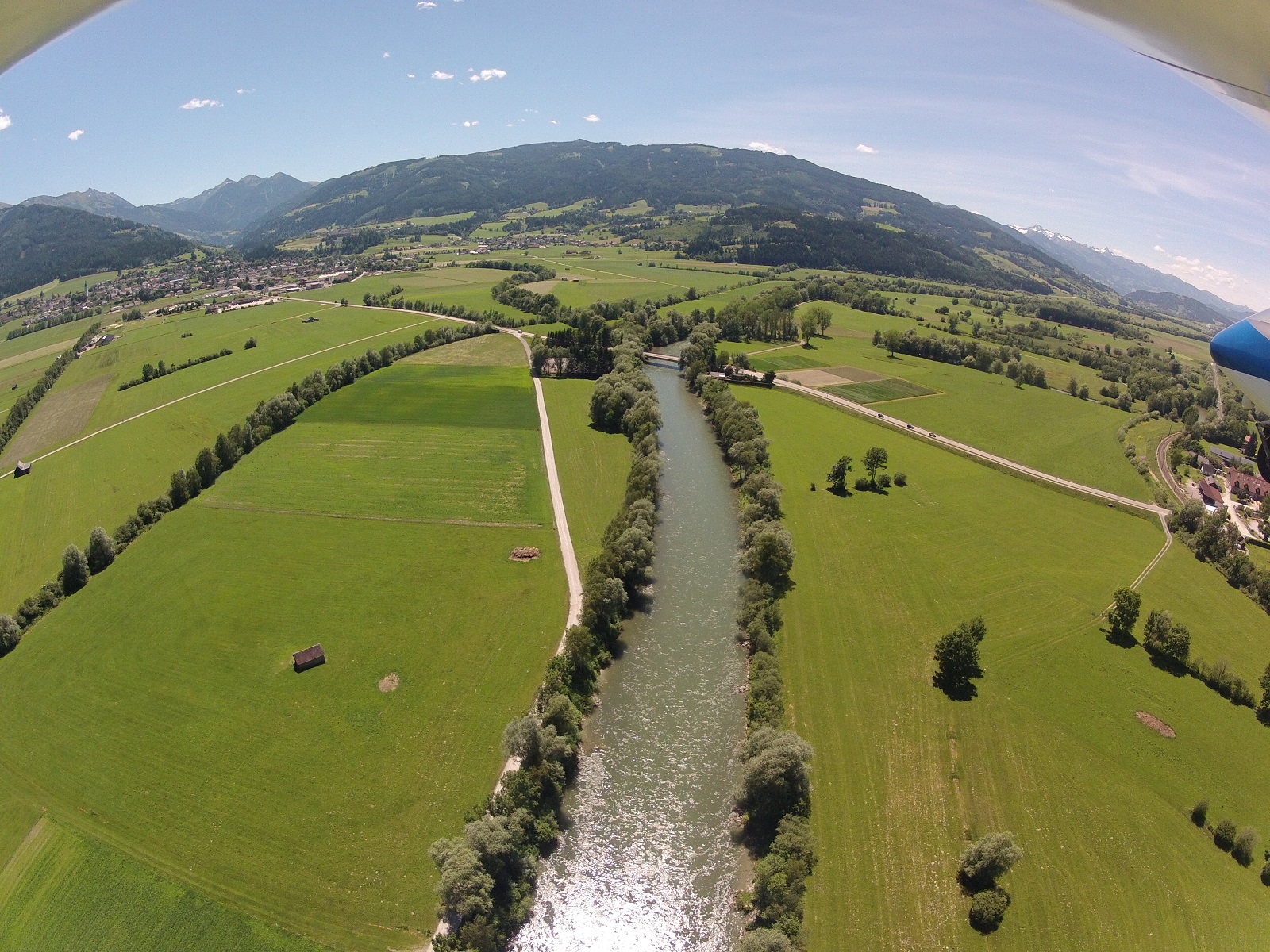Habitat for insects and microorganisms
In the Central Styrian Ennstal, grassland farming has a long tradition and shapes the landscape. The regulation of the Enns has created countless drainage ditches that have drastically influenced the course of the river. Incomplete waterfront strips lead to problems. These include the loss of plant biodiversity due to the spread of invasive neophytes (particularly balsam and Japanese knotweed), increased water temperature, inputs of substances and erosion. In addition to plant biodiversity, the establishment and maintenance of flowering waterfront strips gives insects and microorganisms in the earth, on land, in the air and in the water their habitat back.








